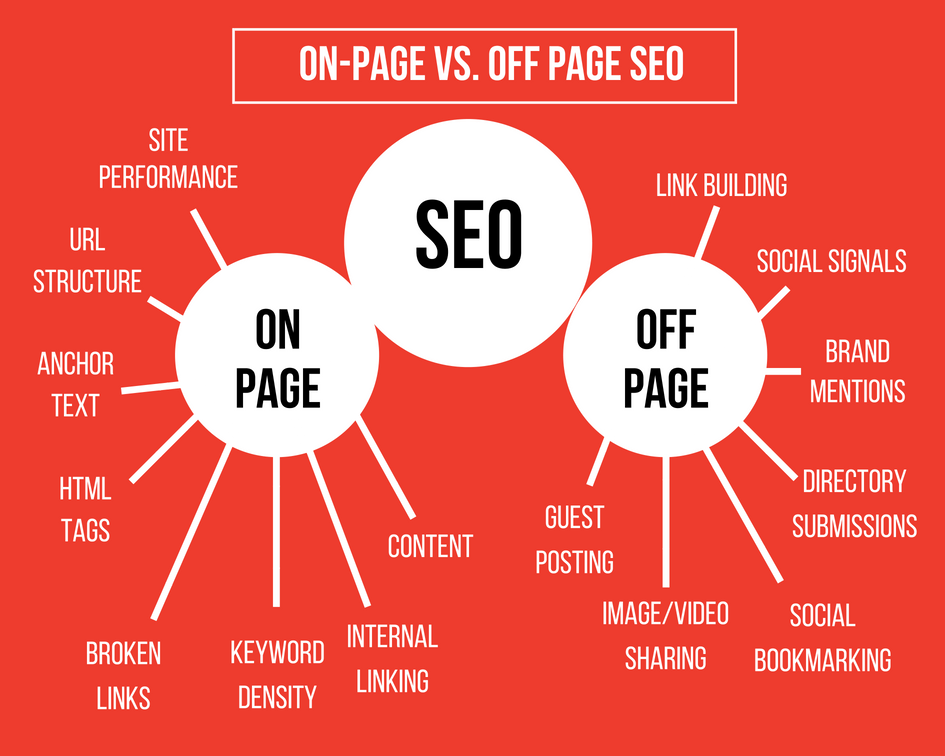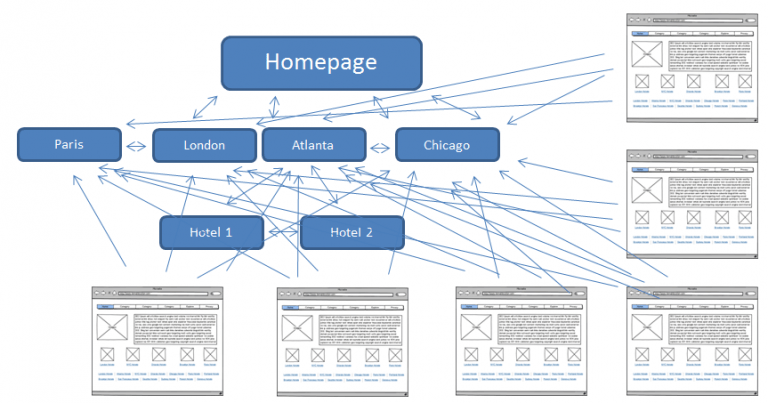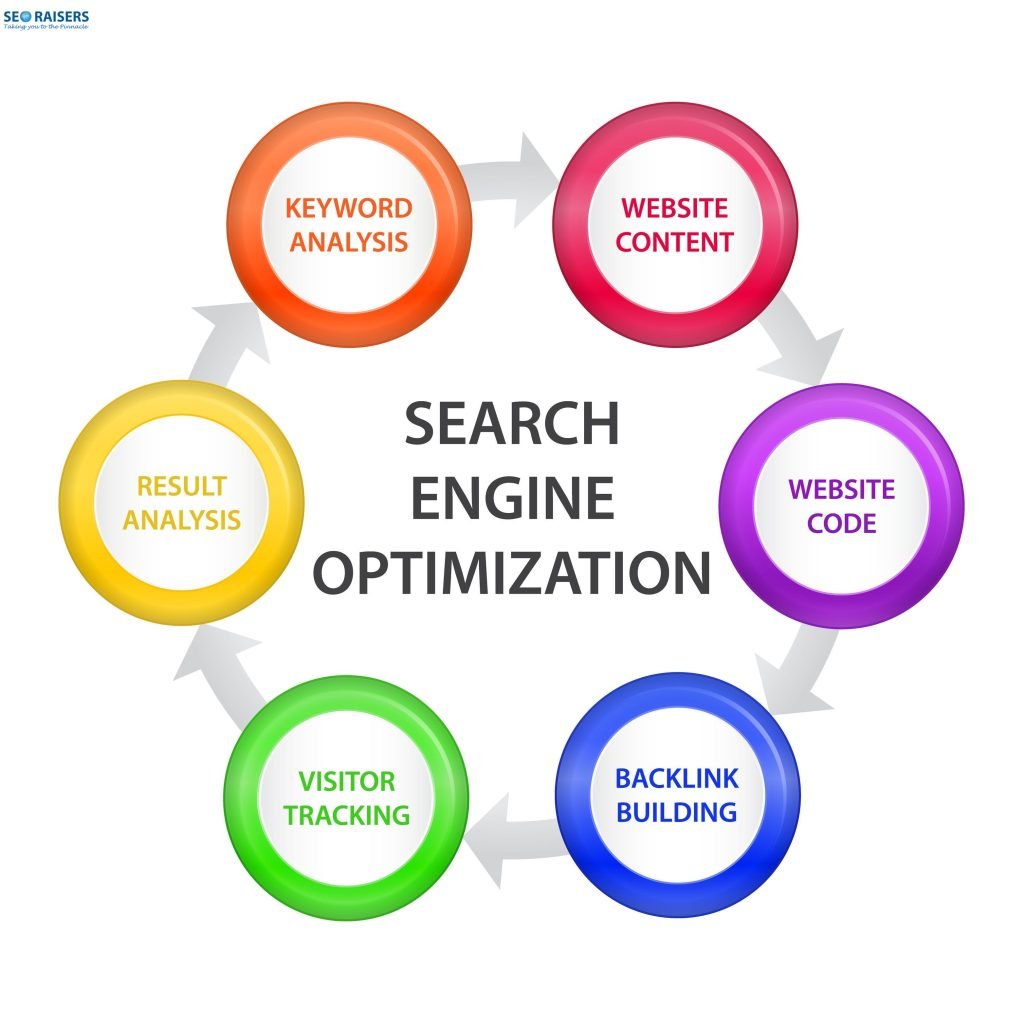If you have a website or a blog, you probably want to attract more visitors and customers. But how do you do that in a competitive online world? One of the most effective ways is to use search optimization marketing, also known as SEO, or also referred to by some as “Search Optimization Marketing”. For the remainder of this article, we’ll generally refer to it simply as SEO.
SEO is the process of improving your website’s visibility and relevance for search engines like Google, Bing, and Yahoo. SEO helps your website rank higher for the keywords and phrases that your target audience is searching for. SEO also helps you create a better user experience for your visitors, which can increase your conversions and sales.
But how do you get started with SEO? What are the best practices and tools to use? And what are the common pitfalls and challenges to avoid? In this blog post, we will answer these questions and more. We will provide you with a basic overview of SEO, its benefits, and its main components. We will also give you some tips and resources to help you implement SEO on your own website or blog.
What are the benefits of SEO?
SEO has many benefits for your website and your business. Here are some of the main ones:
– SEO can help you increase your organic traffic, which is the traffic that comes from search engines without paying for ads. Organic traffic is usually more relevant, engaged, and loyal than paid traffic.
– SEO can help you improve your brand awareness and authority, as ranking higher on search engines can make you more visible and trustworthy to your potential customers.
– SEO can help you generate more leads and sales, as optimizing your website for search engines can also improve your conversion rate, which is the percentage of visitors who take a desired action on your website, such as subscribing, contacting, or buying.
– SEO can help you save money and time, as investing in SEO can have long-term benefits and results, unlike paid advertising, which requires constant spending and monitoring.
What are the main components of SEO?

SEO is a complex and dynamic field that involves many factors and techniques. However, we can simplify it by dividing it into three main components: technical SEO, on-page SEO, and off-page SEO.
Technical Search Engine Marketing
Technical SEO refers to the aspects of your website that affect its performance, speed, security, and crawlability for search engines. Technical SEO ensures that your website is easy to access, navigate, and understand for both users and search engines. Some of the technical SEO factors include:
– Site structure: how your website is organized and linked together. This is also known as ‘internal linking’ and refers to a practice of creating links on your blogs or pages, that link to other relevant blogs or pages on your site. The key here is relevant, as search engines will not reward you for linked material that has nothing to do with the source page or post.
– Site speed: how fast your website loads on different devices and browsers. (Faster is better!)
– Mobile-friendliness: how well your website adapts to different screen sizes and resolutions
– HTTPS: how secure your website is with encryption and SSL certificates. An SSL certificate is a must have in today’s digital world, and most ISP’s offer them for free with your hosting package.
– XML sitemap: how well your website informs search engines about its pages and updates. You can submit a sitemap to Google using many common and free plugins, such as All-In-One SEO.
– Robots.txt: how well your website instructs search engines about what pages to crawl or not crawl. This is another feature that most free SEO plugins can provide.
On-page SEO
On-page SEO refers to the aspects of your website that affect its relevance and quality for search engines and users. On-page SEO ensures that your website provides valuable and engaging content that matches the search intent of your target audience. Some of the on-page SEO factors include:
– Keywords: the words and phrases that your audience is searching for
– Content: the text, images, videos, audio, and other elements that make up your website’s content
– Title tags: the HTML elements that define the title of each page on your website. A title tag should definitely contain the main keyword that you’re trying to rank higher in.
– Meta descriptions: the HTML elements that provide a brief summary of each page on your website. This is not as important now as it used to be, since search engines are too smart to be fooled by keyword-stuffing in meta descriptions. Just write an accurate description of what is on the page; adding a couple keywords won’t hurt though.
– Headings: the HTML elements that structure your content into sections and sub-sections. Make sure to include relevant keywords that you’re trying to rank for, in your H1 and H2 headings. You can see an example of that in this very article.
– URL structure: the format and length of each page’s web address. Keep URL’s simple and easy to read in human terms, avoiding random strings of numbers, and using a descriptive URL instead, such as the URL for this blog post.
– Internal links: the links that connect different pages on your website
– External links: the links that point to other websites from your website (more on this below).

Off-page SEO
Off-page SEO refers to the aspects of your website that affect its popularity and authority for search engines and users. Off-page SEO ensures that your website has a good reputation and trustworthiness among other websites and online communities. Some of the off-page SEO factors include:
– Backlinks: the links that point to your website from other websites. These act as ‘referrals’ from a (usually trusted) outside source, boosting your site’s credibility. The higher the Domain Authority (DA) of the referring domain/URL, the more it will boost your ranking.
– Social media: the platforms where you share your content and interact with your audience. High engagement with social media audiences indicate your content is relevant and useful.
– Reviews: the feedback that you receive from your customers or clients
– Influencers: the people who have a large following or influence in your niche or industry
– Guest posting: the practice of writing content for other websites in exchange for a link or exposure
How to get started with SEO?
SEO can seem overwhelming at first, but it doesn’t have to be. Here are some steps to help you get started with SEO on your own website or blog:
1. Define your goals and audience: before you start optimizing your website for search engines, you need to have a clear idea of what you want to achieve with it and who you want to reach. What is the purpose of your website? What are the products or services that you offer? Who are your ideal customers or clients? What are their needs, problems, and preferences? How can you help them?
2. Conduct keyword research: once you have defined your goals and audience, you need to find out what keywords and phrases they are using to search for your website or your competitors. Keyword research is the process of discovering and analyzing the words and phrases that your target audience is typing into search engines. You can use various tools and methods to conduct keyword research, such as Google Keyword Planner, Google Trends, Google Search Console, competitor analysis, and brainstorming.
3. Optimize your website : after you have identified the keywords that you want to target, you need to optimize your website for them. This means that you need to apply the technical, on-page, and off-page SEO factors that we discussed above to your website. You need to make sure that your website is fast, secure, mobile-friendly, and easy to crawl for search engines. You also need to create high-quality content that provides value and answers the search intent of your audience. And you need to promote your website and build relationships with other websites and online communities in your niche or industry.
4. Monitor and measure your results: finally, you need to track and evaluate the performance and impact of your SEO efforts. You need to use various tools and metrics to measure how well your website is ranking for your target keywords, how much traffic and conversions you are getting from organic search, and how satisfied and loyal your visitors are. You also need to identify any issues or opportunities for improvement and make adjustments accordingly. Some of the tools and metrics that you can use to monitor and measure your SEO results include Google Analytics, Google Search Console, rank trackers, conversion rate optimizers, and user feedback surveys. MonsterInsights is a popular and free plugin for WordPress that lets you view many of these statistics right from your Dashboard.
Is Search Engine Marketing Worth It?
SEO is a powerful and cost-effective way to increase your website’s visibility and relevance for search engines and users. SEO can help you boost your organic traffic, brand awareness, authority, leads, sales, and customer satisfaction. SEO can also help you save money and time in the long run.
However, SEO is not a one-time or quick-fix solution. SEO requires constant learning, testing, and optimization. SEO also requires patience, persistence, and creativity. SEO is a long-term investment that can pay off greatly if done right.
If you want to learn more about SEO or get professional help with your SEO strategy, feel free to contact us today. We are a team of experienced and passionate SEO experts who can help you achieve your online goals with our customized and data-driven SEO services.


